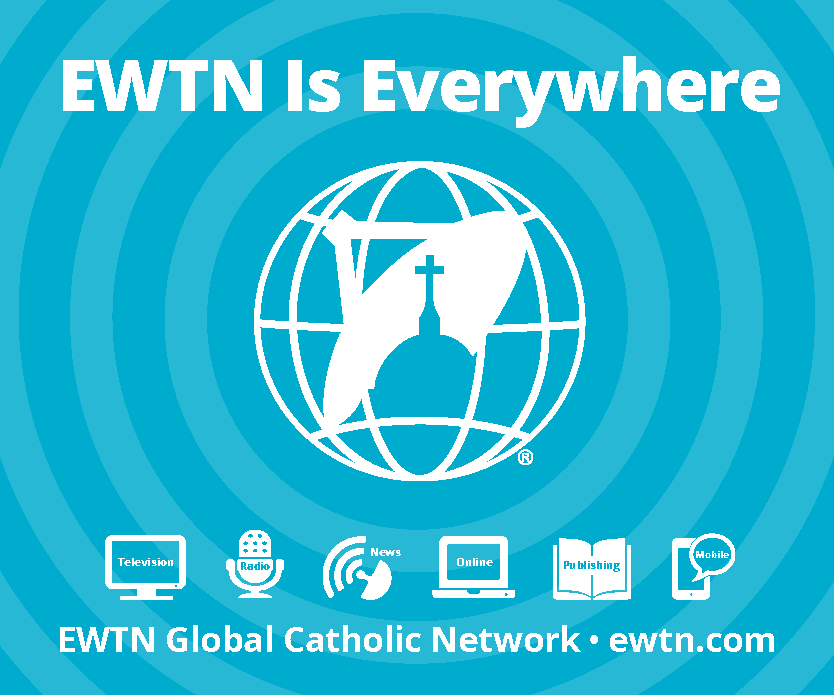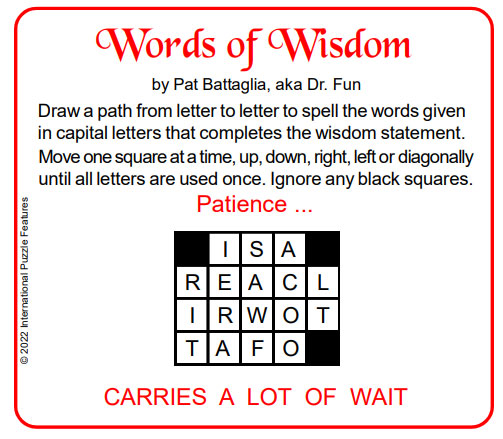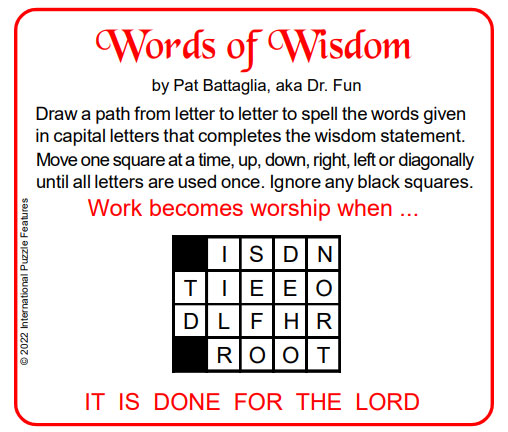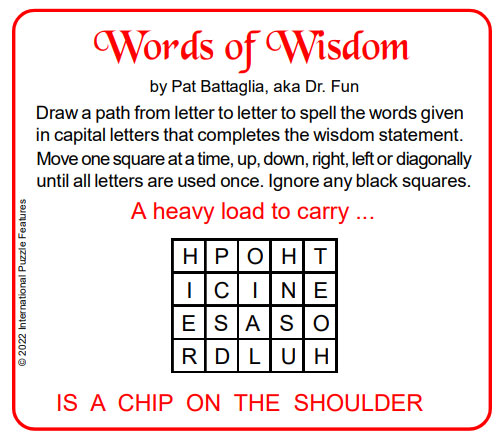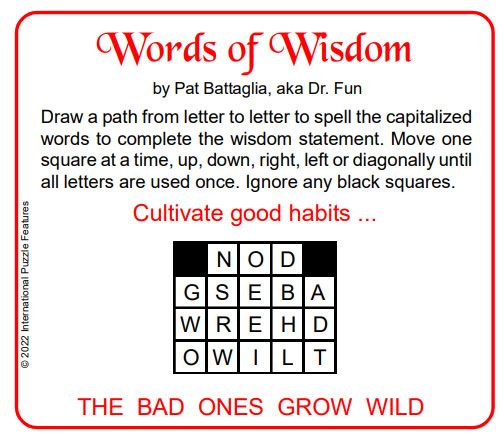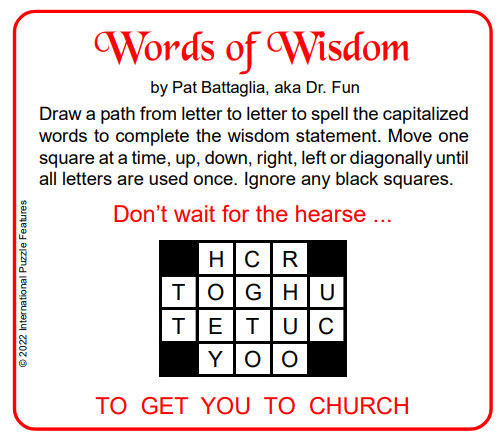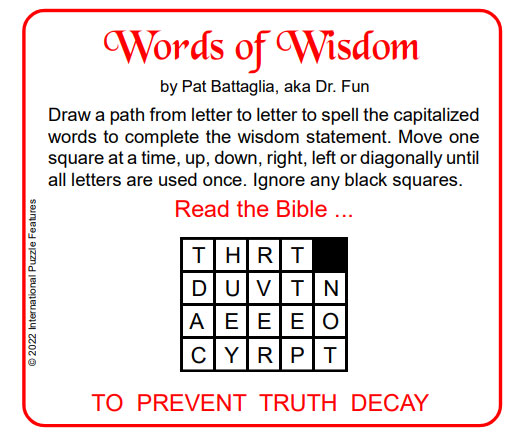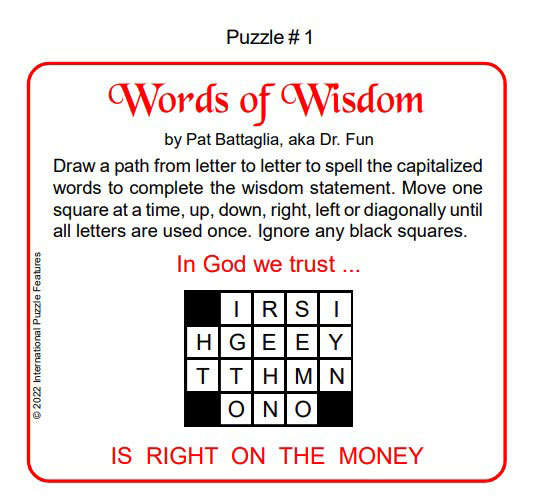 With widespread religious disaffiliation not only among Catholics, but Christians in general, it’s safe to say that today most people’s idea of what a funeral should be has been formed more by what they’ve seen in movies than from a religious context. But funerals are religious services, and because they often draw together people who do not otherwise participate in the life of the Church, they can be important moments of evangelization.
With widespread religious disaffiliation not only among Catholics, but Christians in general, it’s safe to say that today most people’s idea of what a funeral should be has been formed more by what they’ve seen in movies than from a religious context. But funerals are religious services, and because they often draw together people who do not otherwise participate in the life of the Church, they can be important moments of evangelization.
It is important that we, as Catholics, know not only what the Catholic Church does but why we do it, when it comes to our funeral rites. Like all liturgical rites, funerals have a specific function in the life of the Church. Catholic funeral rites actually consist of three liturgies, outlined in the “Order of Christian Funerals” (OCF), each serving a distinctive purpose in ministering to the bereaved and commemorating the deceased.
The first is the vigil, which takes place sometime between the death of the deceased and the time of the funeral. The service consists of a Liturgy of the Word and intercessory prayer, and may be celebrated at a church, a funeral home or a private residence.
The ministry of the Church exercised during the vigil is that of “gently accompanying the mourners in their initial adjustment to the fact of death and to the sorrow this entails” (OCF 52). It is a time for mourners to express their grief and to receive consolation. At the vigil, God’s word in Scripture is offered “as light and life in the face of darkness and death” (OCF 56). The vigil liturgy is an appropriate time for a friend or family member of the deceased to offer a eulogy in their remembrance (OCF 62). The rubrics even allow for the celebration of multiple vigils if necessary, especially if there is to be some delay between the time of the death and the funeral itself (OCF 67).
The funeral proper is what most of us are familiar with. In this liturgy the focus shifts from comforting the bereaved to praying for the departed. Not that comfort should not continue to be offered, but the primary purpose of the Catholic funeral is to pray for the repose of the soul of the dead. For this reason, it is most appropriate for the funeral to take place at the parish church (preferably the parish of the deceased) and within the context of the Mass, which is the highest form of prayer the Church can offer. The sacrifice of the Mass is so important to the way we intercede for the dead that even when a funeral is celebrated without a Mass (sometimes necessary if a priest is not available), the Church instructs that “a Mass for the deceased should be scheduled … at a convenient time after the funeral” (OCF 128). As the responsibility to pray for the dead belongs to the entire Church, funerals are ordinarily public events in which the whole community is encouraged to participate (OCF 150).
Following the example of Scripture and tradition, the Church teaches that it is “a holy and pious thought” to pray for the dead (cf. 2 Mac 12:45). It is the teaching of the Church that those who die in God’s friendship but who are not yet perfectly purified from all attachment to sin have their purification completed in purgatory before entering into the glory of heaven. God will bring to completion the good work He has begun in us (cf. Phil 1:6), and the prayers we offer here can benefit those undergoing their final purification. This is why we must never treat funerals as if they are “canonization Masses.” If we presume our loved ones are already in heaven, we may fail in our Christian duty to offer prayers for them. For this reason, the homily at a funeral should focus on “the paschal mystery of the Lord” and “never [be] any kind of eulogy” (OCF 141).
The third and final movement of our Catholic funeral rites is the committal, or burial service. This may be performed immediately after the funeral or at a later date if the burial is to be delayed. The purpose of this graveside service is to bid farewell to our loved one as we lay him or her to rest, to express our hope in the resurrection, and to remember “the communion that exists between the Church on earth and the Church in heaven” (OCF 206).
These three movements together beautifully achieve all that the Church would have us do to mark the solemn occasion of the death of a loved one – we offer comfort with the vigil, pray for the dead in the funeral liturgy and express our hope in the resurrection as we lay the dead to rest. If the complementary purposes of these three movements are neglected, mourners often attempt to accomplish these various ends with one service. When this happens, greater emphasis is often given to comforting the bereaved or celebrating the life of the departed than praying for the repose of their soul.
The very first sentence in the General Introduction to the Order of Christian Funerals articulates two great truths that the Church proclaims, through her liturgies, in the face of death. The first is that “God has created each person for eternal life” (OCF 1). Sacred Scripture teaches that “God did not make death, nor does he rejoice in the destruction of the living” (Wis 1:13). Death is something to be mourned, and there is nothing wrong with feeling grief at the loss of a loved one.
But the second great truth that lies at the heart of Catholic funerals is this: “Jesus, the Son of God, by His death and resurrection, has broken the chains of sin and death” (OCF 1). This is why the most important person at any funeral is not the person in the casket, and certainly not the person standing at the altar, but the
Person on the altar, who died for us so that we might live in, through and for Him.
Funerals serve one other important purpose. They are public reminders of our mortality. None of us will escape the grave, so let us live each day so as to be ready for our last. Lord, “make us know the shortness of our life that we may gain wisdom of heart” (Ps 90:12).
Deacon Matthew Newsome is the Catholic campus minister at Western Carolina University and the regional faith formation coordinator for the Smoky Mountain Vicariate.


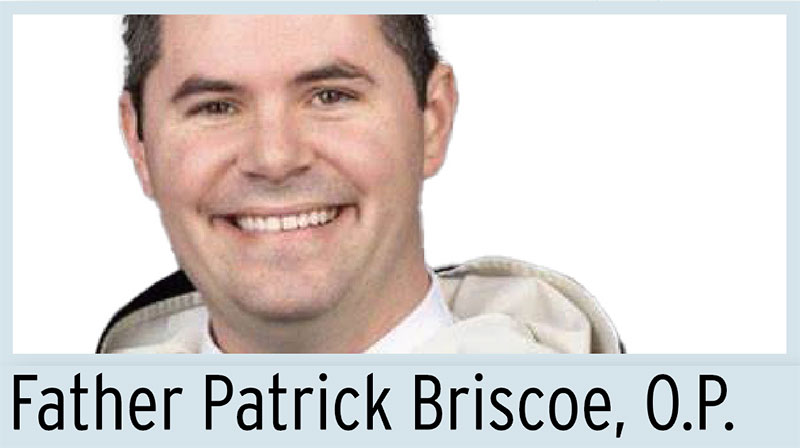 In a striking turn of events, renowned atheist and evolutionary biologist Richard Dawkins recently declared himself a “cultural Christian” during an interview with Rachel S. Johnson of LBC. Dawkins’ declaration was sparked by his reaction to the mayor of London’s decision to celebrate Ramadan with 30,000 lights on Oxford Street rather than Easter.
In a striking turn of events, renowned atheist and evolutionary biologist Richard Dawkins recently declared himself a “cultural Christian” during an interview with Rachel S. Johnson of LBC. Dawkins’ declaration was sparked by his reaction to the mayor of London’s decision to celebrate Ramadan with 30,000 lights on Oxford Street rather than Easter. At Easter morning brunch, one of my daughters brought me a beautiful bouquet of tulips.
At Easter morning brunch, one of my daughters brought me a beautiful bouquet of tulips. The whole of Christ’s passion is obedience. It is obedience out of love – a love for the Father and love for us. Christ put the greatest trust in the Father’s plan for salvation. Abraham and Isaac were the forerunners of this great trust: Abraham in God, God in Abraham, and Isaac in Abraham.
The whole of Christ’s passion is obedience. It is obedience out of love – a love for the Father and love for us. Christ put the greatest trust in the Father’s plan for salvation. Abraham and Isaac were the forerunners of this great trust: Abraham in God, God in Abraham, and Isaac in Abraham. On the edge of my property a lone peach tree grows between the woods and the gravel drive. Years ago, someone probably finished eating a peach and carelessly tossed the pit out of their car window. With the dense undergrowth, the pit overcame insurmountable odds to sprout into a sapling and grow into a small tree.
On the edge of my property a lone peach tree grows between the woods and the gravel drive. Years ago, someone probably finished eating a peach and carelessly tossed the pit out of their car window. With the dense undergrowth, the pit overcame insurmountable odds to sprout into a sapling and grow into a small tree.  Tom Holland’s magnificent book “Dominion” develops in detail what amounts to a very simple proposition – namely, that Christianity is responsible for many of the central values we take for granted and assume to be universal. In point of fact, he says, our insistence on the dignity of the individual, fundamental human rights, the principle of equality and, perhaps above all, that the poor, the marginalized and the victimized ought to be specially cherished, flows from basic Christian convictions.
Tom Holland’s magnificent book “Dominion” develops in detail what amounts to a very simple proposition – namely, that Christianity is responsible for many of the central values we take for granted and assume to be universal. In point of fact, he says, our insistence on the dignity of the individual, fundamental human rights, the principle of equality and, perhaps above all, that the poor, the marginalized and the victimized ought to be specially cherished, flows from basic Christian convictions.  Nearly 40 years ago, on a Tuesday, my sister Erin ran into the house with the excitement and enthusiasm that only a 7-year-old girl with a story to tell could muster. Immediately, she began to tell my mother about the wonderful adventure that she and her older brother had been having outside. Now she described in great detail the clouds and the birds and the sunshine and the neighbors who walked by all as we were engaged in the challenging project of getting a kite to fly on a Tuesday afternoon.
Nearly 40 years ago, on a Tuesday, my sister Erin ran into the house with the excitement and enthusiasm that only a 7-year-old girl with a story to tell could muster. Immediately, she began to tell my mother about the wonderful adventure that she and her older brother had been having outside. Now she described in great detail the clouds and the birds and the sunshine and the neighbors who walked by all as we were engaged in the challenging project of getting a kite to fly on a Tuesday afternoon. There are so many things clamoring for our attention these days, in all different kinds of ways. We are assaulted by advertisements, which are practically unavoidable on every video we watch, on billboards, on the radio and on our social media feeds.
There are so many things clamoring for our attention these days, in all different kinds of ways. We are assaulted by advertisements, which are practically unavoidable on every video we watch, on billboards, on the radio and on our social media feeds. 